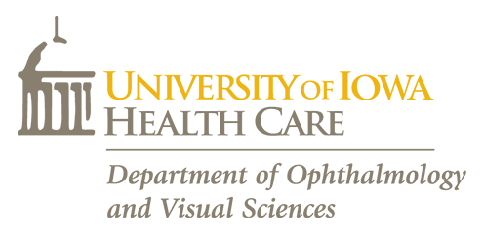Purpose: To present a series of patients diagnosed with oculocutaneous albinism (OCA) based on clinical presentation who were later proven to have a different diagnosis.
Methods: The medical records of patients seen at the Pediatric Inherited Eye Disease Clinic of the University of Iowa from 1980 to 2018 who were eventually discovered to have an incorrect diagnosis of OCA were reviewed retrospectively.
Results: Eight pediatric patients presenting with clinical features suggestive of OCA which changed to a different diagnosis over time were identified. Presenting clinical features included fair pigmentation of the skin and adnexa (8/8), congenital nystagmus (6/8), decreased visual acuity (8/8), iris transillumination defects (8/8), and foveal hypoplasia (7/8). Of the 8 patients, 4 manifested progressive, preschool-age-onset myopia. Other associated clinical features included hearing loss (3), seizures (1), abnormal chest x-ray (1) and easy bruising (2). During follow-up, additional clinical features and genetic testing proved that they have different clinical entities, namely, Knobloch syndrome, Jeune syndrome, Donnai-Barrow syndrome, Waardenburg syndrome, Aniridia syndrome, Stickler syndrome, and Hermansky-Pudlak syndrome, one of the syndromic types of OCA.
Conclusions: Clinical features used to diagnose OCA also occur in other disorders. For a definitive diagnosis of OCA, ancillary/genetic testing must be performed. Clinical features not typically found in association with albinism, such as hearing loss, or early onset, or progressive myopia, may indicate the need for more extensive investigation.

